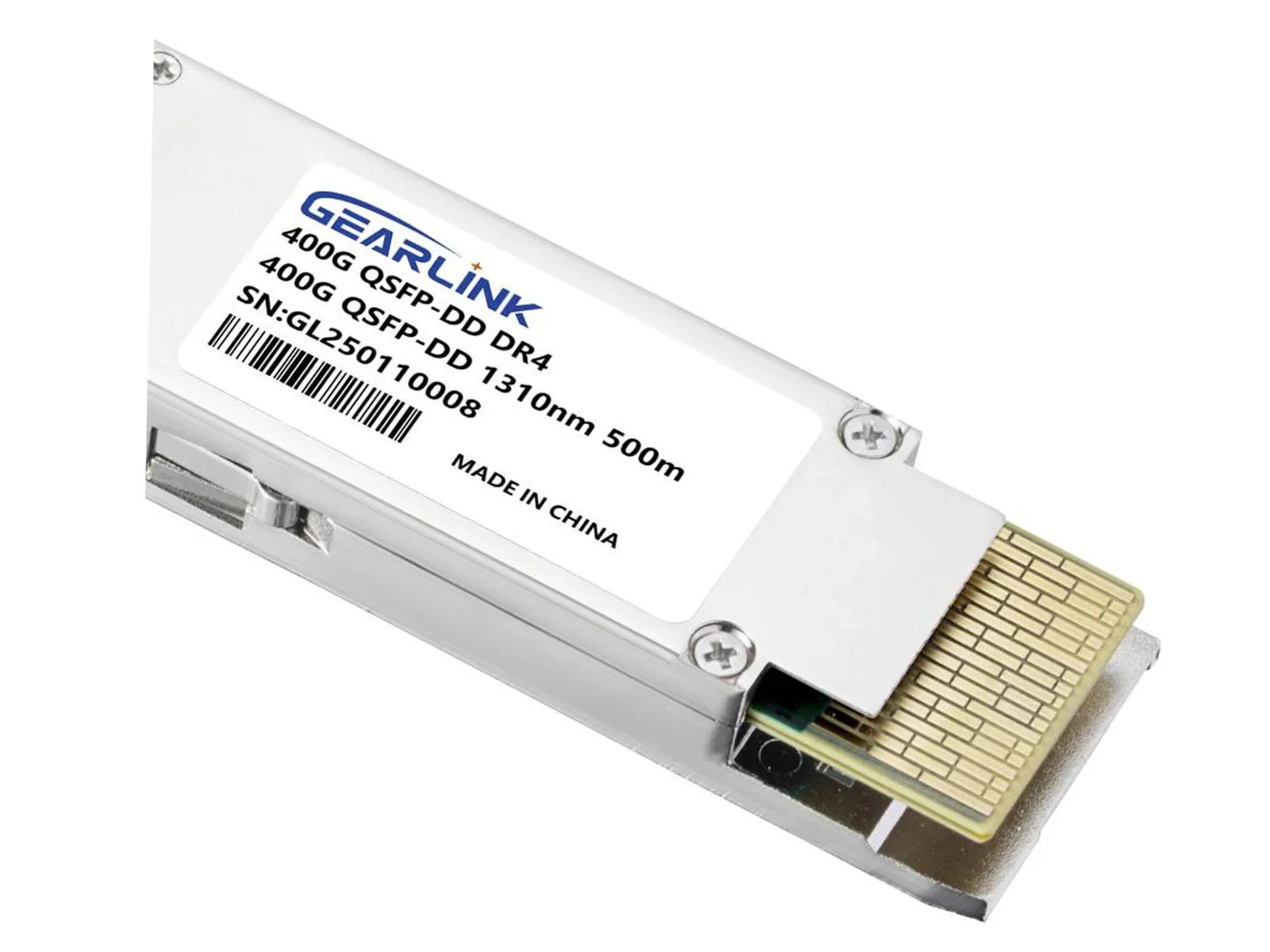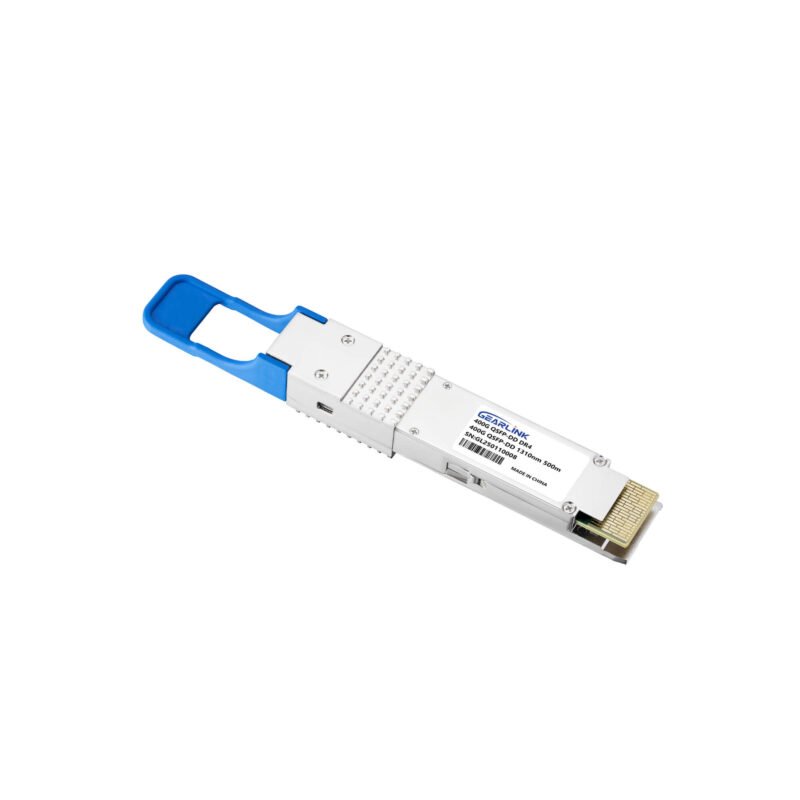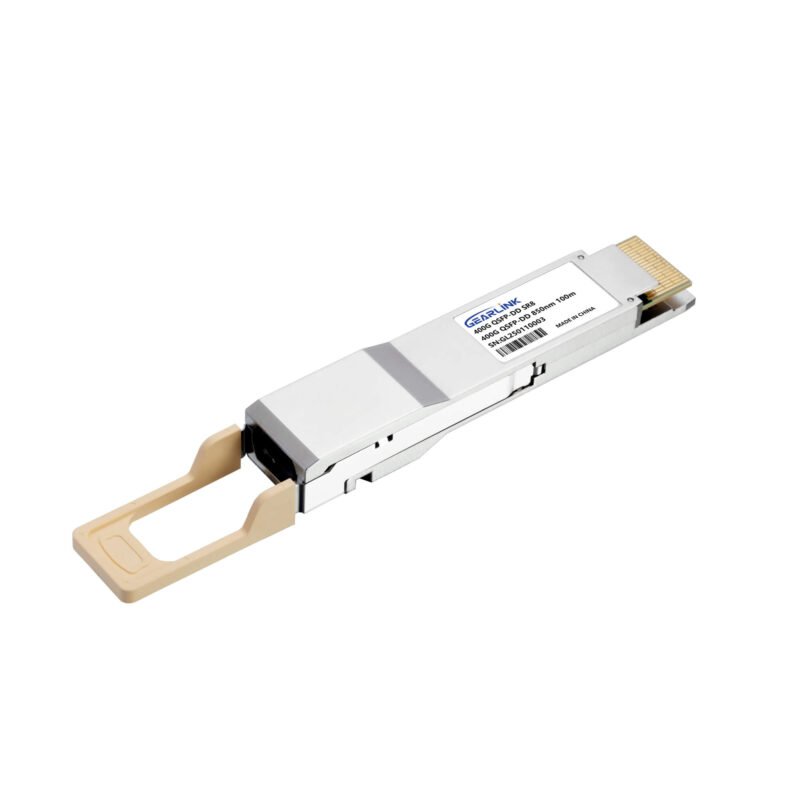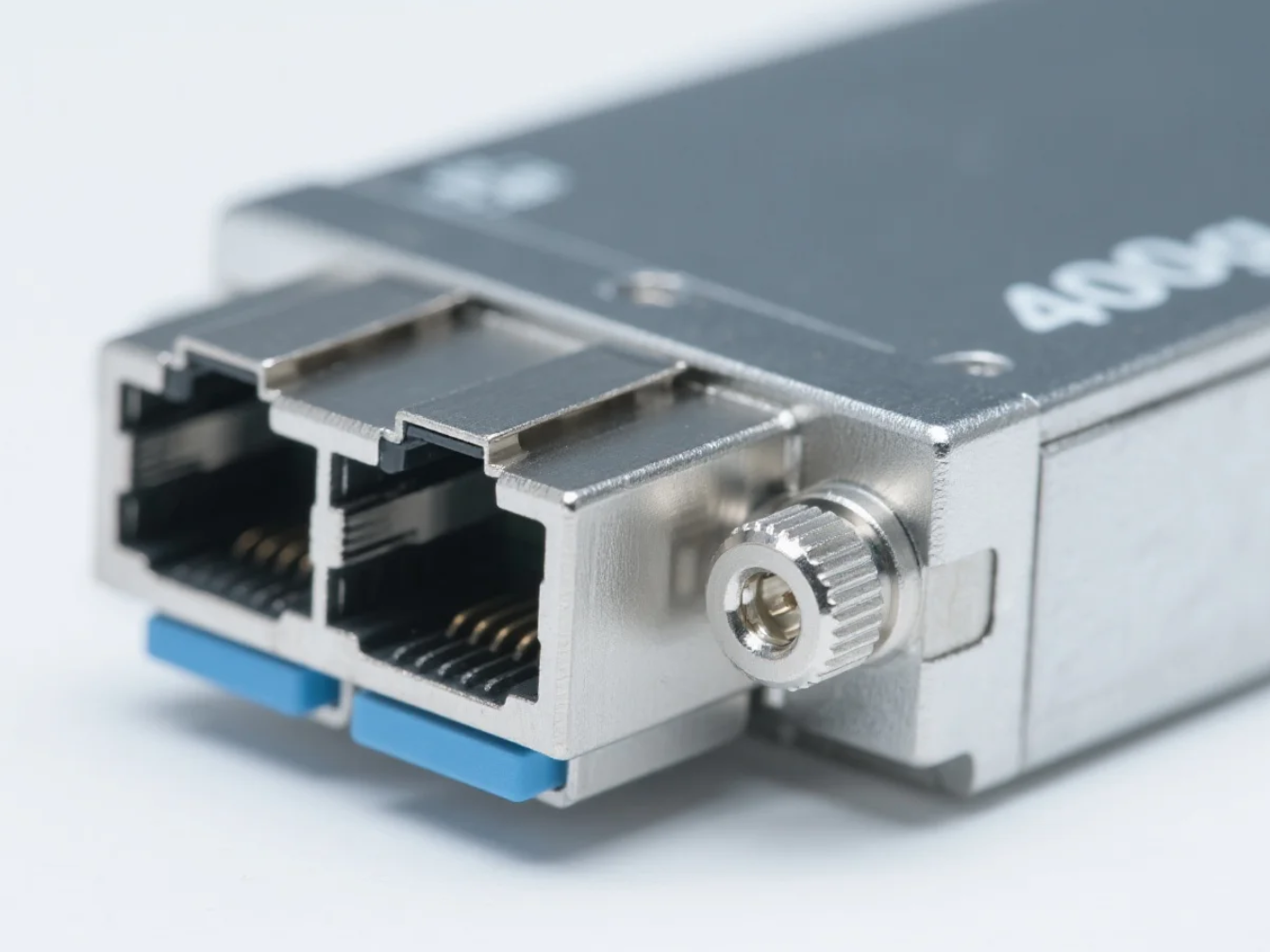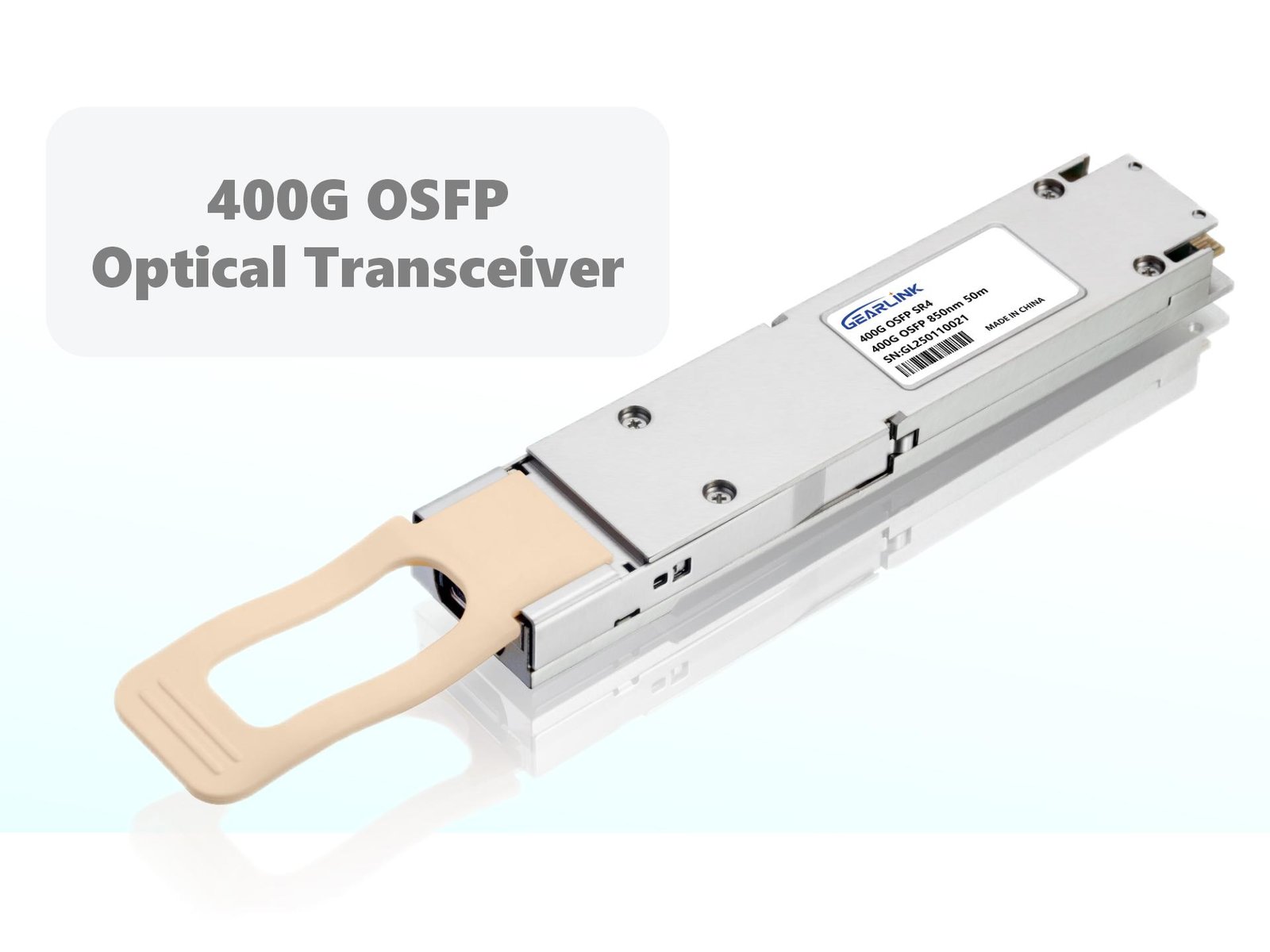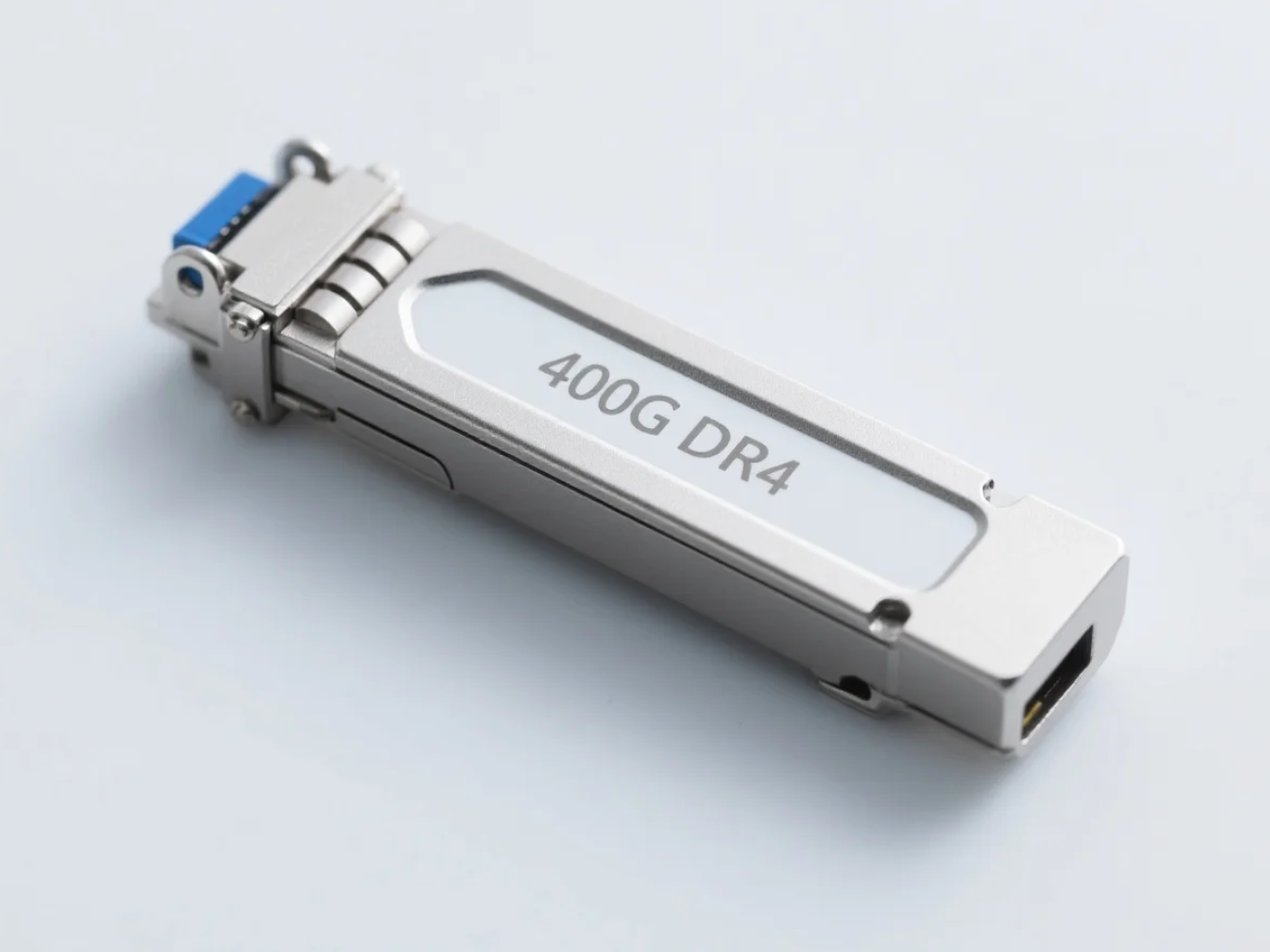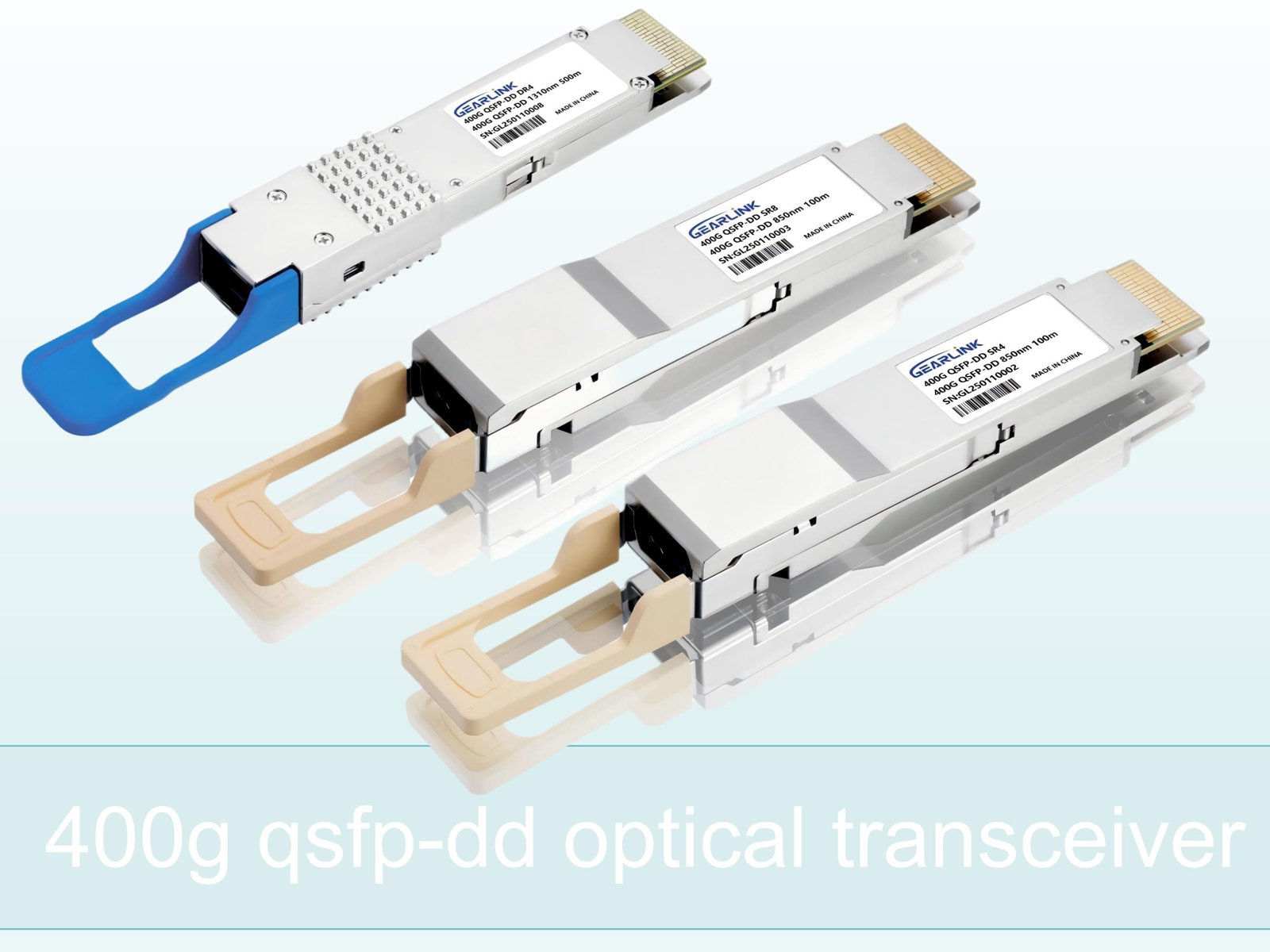The rapid rise of cloud computing, AI, and data-intensive applications has forced data centers to adopt faster and more scalable optical solutions. Within this transformation, 400G DR4 has emerged as a leading standard for high-speed interconnects, striking the balance between performance, efficiency, and cost. Unlike earlier generations, this technology is not merely a step up in bandwidth—it represents a strategic direction for hyperscale operators and enterprises seeking long-term scalability.
Understanding the Role of 400G DR4 in Modern Networks
At its core, 400G DR4 is 4 channel 100G PAM4 optical interface standard, supporting 400 Gigabit Ethernet across up to 500 meters of reach. It uses four optical lanes, each operating at 100Gbps, transmitted over standard single-mode fiber with MPO-12 connectors.
What makes it stand out is not only its ability to deliver high bandwidth, but also its simplicity in deployment. As data centers evolve toward leaf-spine architectures and disaggregated compute/storage, the need for efficient point-to-point connections across short to medium distances has become critical. 400G DR4 directly addresses this need with cost-effective and power-efficient performance.
Key Features Driving the Adoption of 400G DR4
Several technical and practical features explain why 400G DR4 has been embraced by network architects worldwide:
Standardized Connectivity: With IEEE 802.3bs compliance, it ensures global interoperability across vendors.
High Density: Supports 400G traffic while maintaining compact QSFP-DD or OSFP form factors, saving valuable rack space.
Scalability: Each lane operating at 100G allows smoother migration to future 800G solutions that rely on similar lane speeds.
Energy Efficiency: Reduced power consumption compared to alternatives, supporting green data center initiatives.
Cost Efficiency: MPO cabling simplifies deployment, lowering both capital and operational expenditures.
Together, these attributes make 400G DR4 a natural fit for hyperscale data centers, telecom operators, and enterprises seeking balance between cost and future-readiness.
Why 400G DR4 Fits the Data Center Evolution
Data centers are undergoing rapid transformation, not only in scale but also in function. Applications such as real-time analytics, AI model training, and edge computing demand unprecedented throughput. Traditional 100G and 200G modules simply cannot keep up with these workloads in a cost-effective way.
By adopting 400G DR4, operators gain:
Future-proofing: A structured path toward 800G and 1.6T systems without overhauling the entire fiber infrastructure.
Operational Flexibility: Ability to break out 400G DR4 into 4x100G DR links for more granular connectivity.
Streamlined Network Design: Simplified leaf-spine interconnects that improve overall efficiency in network operations.
This combination of technical advantages and deployment practicality is why 400G DR4 is no longer viewed as a niche technology—it has become the backbone of high-speed interconnects in the 400G era.
Comparing 400G DR4 with Other Optical Modules
While there are multiple 400G optical standards—such as FR4, LR4, and SR8—400G DR4 holds unique advantages for specific scenarios:
Versus FR4: DR4 is optimized for short-reach (up to 500m), whereas FR4 extends to 2km but at a higher cost and complexity.
Versus LR4: LR4 supports even longer distances (up to 10km), but DR4 is far more cost-effective for intra–data center interconnects.
Versus SR8: While SR8 relies on multimode fiber, DR4 leverages single-mode fiber, offering better scalability for high-density deployments.
The decision is not about which module is universally better—it is about matching the right technology to the right environment. For hyperscale and enterprise operators building high-density short-reach links, 400G DR4 is clearly the logical choice.
Market Trends and Future Outlook
Industry analysts forecast that 400G DR4 adoption will continue accelerating over the next three years, driven by AI-driven workloads and the ongoing expansion of cloud platforms. Vendors are increasingly prioritizing DR4 production due to strong demand, and fiber plant standardization is further solidifying its position.
Furthermore, as network operators prepare for 800G and beyond, the 100G-per-lane structure of 400G DR4 provides a clear upgrade path. This makes it a long-term investment rather than a temporary solution.
Practical Applications of 400G DR4
The practical use cases of 400G DR4 include:
Leaf-Spine Architectures: Providing efficient east-west traffic handling inside hyperscale data centers.
AI and HPC Clusters: Supporting low-latency, high-bandwidth connections between GPU nodes.
Enterprise Core Networks: Delivering scalable backbones for hybrid cloud and virtualization platforms.
Telecom Infrastructure: Bridging short-to-medium metro segments with cost-effective 400G connectivity.
These real-world applications demonstrate that 400G DR4 is not just a theoretical standard but a proven enabler of next-generation connectivity.
Conclusion
In today’s data-driven world, the adoption of 400G DR4 represents more than just higher bandwidth—it embodies efficiency, scalability, and long-term readiness for the digital future. Its standardized design, energy efficiency, and clear upgrade path make it the preferred interconnect solution for data centers worldwide.
As enterprises and hyperscale operators continue to demand greater capacity and streamlined operations, 400G DR4 is set to remain at the center of optical module deployments. For organizations planning their network evolution, the question is no longer whether to adopt 400G DR4, but how quickly they can integrate it into their infrastructure.
FAQ
Q1: What is the maximum reach of 400G DR4?
Up to 500 meters over single-mode fiber using MPO-12 connectors.
Q2: Can 400G DR4 be broken out into lower-speed links?
Yes, it supports breakout into 4x100G DR connections, offering flexible deployment.
Q3: How does 400G DR4 differ from 400G FR4?
DR4 is optimized for short-reach interconnects (500m), while FR4 supports longer distances (2km) but at a higher cost.
Q4: Is 400G DR4 future-proof?
Yes, its 100G-per-lane structure aligns with future 800G and 1.6T technologies.
Q5: Why is 400G DR4 considered cost-efficient?
It simplifies deployment with MPO cabling and reduces power consumption, lowering both CAPEX and OPEX.
